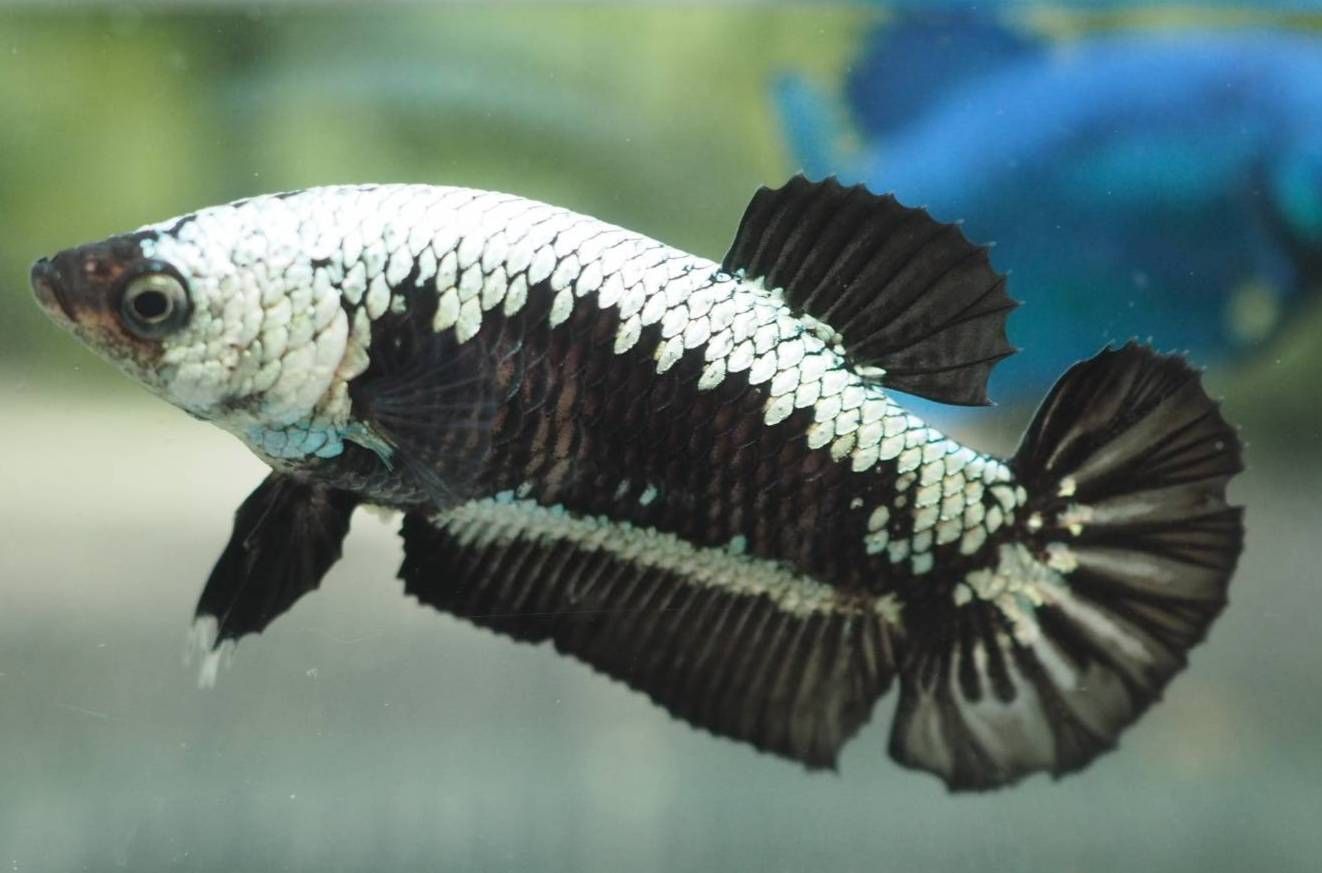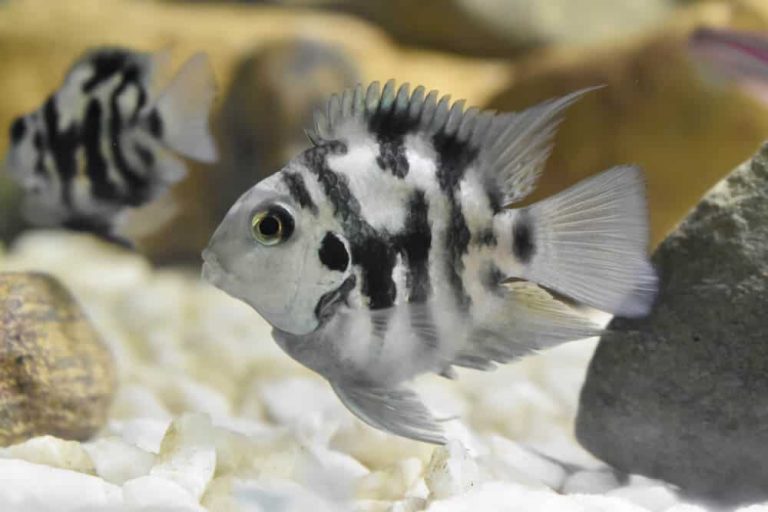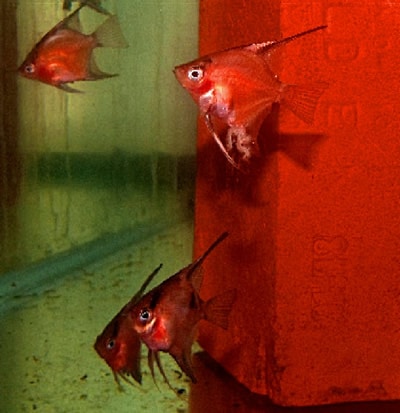Samurai Betta Fish
Are you curious about the fascinating world of betta fish? If so, then you’re in for a treat because today we’ll be diving deep into the captivating realm of the Samurai Betta Fish. Known for their striking appearance and captivating demeanor, these fish have captured the hearts of many aquatic enthusiasts. In this article, we’ll explore the characteristics, care requirements, breeding tips, and more about Samurai Betta Fish. So let’s get started and uncover the secrets of these magnificent creatures.
What is a Samurai Betta Fish?
A Samurai Betta Fish is a unique breed of betta fish known for its vibrant colors, long flowing fins, and intense fighting spirit. This particular breed is highly sought after by betta fish enthusiasts due to its beautiful appearance and captivating personality. Their name is derived from the resemblance of their flowing fins to the traditional garments worn by Japanese samurai warriors.
Characteristics of a Samurai Betta Fish
Samurai Betta Fish are renowned for their distinct appearance and striking colors. Some of their key characteristics include:
1. Vibrant Colors: These fish come in a wide range of vibrant colors, including shades of red, blue, yellow, and black. The intensity and combination of these colors vary from fish to fish, making each Samurai Betta Fish a unique work of art.
2. Long Flowing Fins: One of the most noticeable features of a Samurai Betta Fish is its long and flowing fins. These fins can be elaborate and resemble delicate, graceful drapes, giving them an elegant and regal appearance.
3. Aggressive Nature: While Samurai Betta Fish are beautiful to look at, it’s important to note that they can be quite territorial and aggressive. They have a tendency to fight with other betta fish, especially males, and should be housed separately to avoid any harm or stress.

Care Requirements for Samurai Betta Fish
To ensure the health and happiness of your Samurai Betta Fish, it’s important to provide them with the proper care and environment. Here are some essential care requirements to keep in mind:
1. Tank Size and Setup: Samurai Betta Fish require at least a 5-gallon tank with a heater and filter. It’s crucial to maintain a stable water temperature between 78-82°F (25-28°C) and provide a well-filtered tank to keep the water clean and free from toxins.
2. Water Quality: Samurai Betta Fish are sensitive to water conditions, so it’s essential to perform regular water tests and maintain proper water parameters. The ideal pH level for these fish is between 6.5-7.5, and the water should be free from ammonia and nitrites.
3. Diet: A balanced and varied diet is vital for the health of your Samurai Betta Fish. They are carnivorous and thrive on a diet that includes high-quality betta pellets, frozen or live foods such as bloodworms, brine shrimp, and daphnia. It’s important to feed them small portions multiple times a day to prevent overeating and bloating.
4. Tank Decorations: Adding decorations such as live or artificial plants, caves, and hiding spots to the tank is essential to create a stimulating and enriched environment for your Samurai Betta Fish. These fish love to explore their surroundings and appreciate places to hide and rest.
Breeding Samurai Betta Fish
Breeding Samurai Betta Fish can be a rewarding and exciting experience for experienced betta fish keepers. However, it requires careful planning and preparation. Here are some key steps to follow if you’re interested in breeding Samurai Betta Fish:
1. Separate Males and Females: To initiate the breeding process, it’s crucial to keep the male and female Samurai Betta Fish separated. Introduce them to each other only when they are ready to mate.
2. Conditioning Period: Before breeding, it’s important to condition both the male and female fish by providing them with a high-quality diet rich in protein. This helps in enhancing their fertility and overall health.
3. Introduce the Female: Once the female is ready to mate, introduce her into the male’s tank. Ensure that the tank has plenty of hiding spots for the female to retreat to if needed.
4. The Courtship Process: The male will begin to build a bubble nest, which serves as a crucial part of the courtship process. The male will present vibrant colors and perform a series of dances to attract the female.
5. Egg-Laying and Care: After successful courtship, the female will release her eggs, which the male will fertilize while catching them and placing them in the bubble nest. Afterward, the male will guard the nest and ensure the well-being of the eggs.
Frequently Asked Questions
Now that we’ve explored the world of Samurai Betta Fish in-depth, here are some common questions that often arise:
1: Can Samurai Betta Fish be kept with other fish?
It’s generally recommended to keep Samurai Betta Fish by themselves or with non-aggressive tank mates. However, it’s crucial to monitor their behavior and ensure compatibility with other fish species.
2: Do Samurai Betta Fish require a heater in their tank?
Yes, Samurai Betta Fish thrive in a tropical environment and require a heater to maintain a stable water temperature of 78-82°F (25-28°C).
Final Thoughts
Samurai Betta Fish are truly captivating creatures that bring beauty and elegance to any aquarium. Their vibrant colors, long flowing fins, and fierce personality make them a true gem in the world of betta fish. While they require specific care and attention, the reward of having these majestic fish as part of your aquatic family is well worth it. Whether you’re a seasoned betta fish keeper or a beginner, the Samurai Betta Fish will undoubtedly leave a lasting impression on both you and your aquarium. So why not embark on this enchanting journey and welcome a Samurai Betta Fish into your aquatic realm today?






